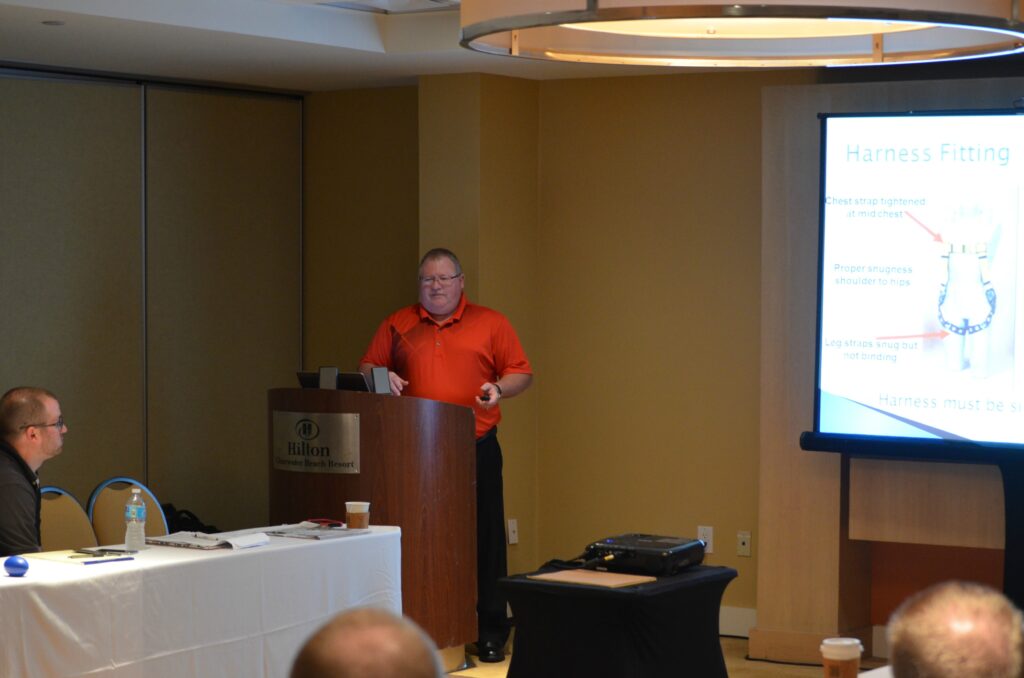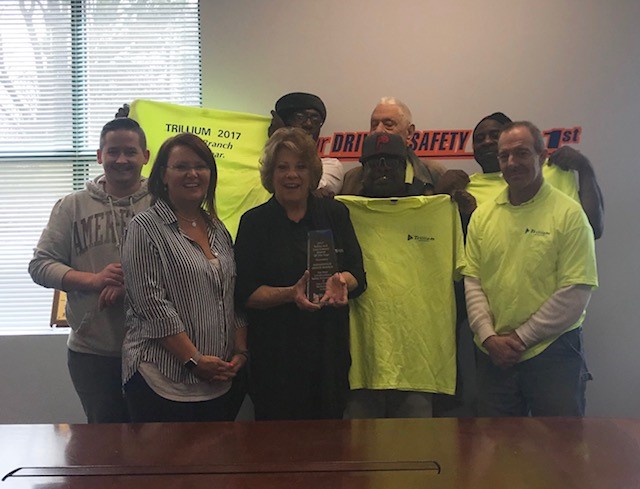The recreational use and sale of marijuana was first legalized in the state of Colorado in 2012. Since then, 19 other states have joined their ranks in terms of recreational use, with a total 38 states, plus Washington, D.C., Puerto Rico, and Guam allowing the medical use of marijuana. However, as most people know, the use, sale, and possession of any cannabis or cannabis-derived product with more that 0.3% tetrahydrocannabinol (THC) is illegal in the U.S. at the federal level. These state vs. federal discrepancies create something of a legal paradox.
Marijuana legalization is creating the same kind of problem regarding what to do about professional drivers who test positive for marijuana. For CDL drivers, it’s easy. It is prohibited for CDL drivers to use marijuana under any circumstances, even if the substance is legal in the state in which they reside. Even if a driver consumes a prohibited cannabis product in their off hours in a state where it is legal, if they test positive for it later, they may still be in violation of the Department of Transportation’s zero-tolerance policy at the federal level.
For non-CDL drivers, the employer testing is optional. However, if a driver with a CDL license tests positive for marijuana use, they are also prohibited from driving non-CDL vehicles until they pass the return-to-duty test: another drug test administered under direct supervision. Does that all sound confusing? That’s because it is.
Add to this already tangled web of marijuana laws and efforts to keep the roads safe from drivers under the influence the New Jersey Cannabis Regulatory Enforcement Assistance and Marketplace Modernization Act (NJCREAMMA), passed in February of 2021. Among other things, NJCREAMMA prohibits employers from taking adverse employment action against employees who test positive for cannabinoid metabolites in their blood or other bodily fluids. In theory, this means that an employer cannot refuse to hire, fire, or discipline an employee who has been shown to have used cannabis. However, NJCREAMMA also upholds the right of employers to maintain a drug and alcohol-free workplace. Therefore, the regulation allows employers to make rules regarding the consumption, use, or influence of marijuana or marijuana products while at work.
At the time of the Act’s original issuance, employers could require employees to submit to a drug test under the following circumstances:
- Upon suspicion of impairment from cannabis/cannabinoid substances while performing work duties
- Upon finding any observable signs of marijuana/cannabinoid use at work
- Following a work-related accident
Under NJCREAMMA, the term “drug test” has been redefined to mean a process using reliable, scientific drug-testing methods administered at work, during work hours (blood, urine, saliva tests) AND an evaluation of person certified as a Workplace Impairment Recognition Expert (WIRE). If both the bodily fluid test and the WIRE evaluation show the employee is under the influence during work hours, the employer may then take adverse employment action. The problem? The state had yet to issue guidance or training protocols for the WIREs.
To that end, the state issued interim guidance in September of 2022 until WIREs can be identified and trained for each workplace. The interim guidance essentially upholds the previous legislation regarding prohibition of adverse employment action unless evidence-based documentation of physical signs of cannabis use or signs of impairment are present. This stop-gap guidance also provides suggestions to help identify signs of impairment due to marijuana use, according to SafetyNews Alert.
California has also recently passed similar legislation preventing adverse employment action against employees who test positive for cannabinoid metabolites. The New Jersey and California laws do not apply to those in certain industries (including CDL holders, as well as federal agency contractors and grantees) and cannot preempt any state or federal laws that require a clean drug test as a condition of employment. However, non-CDL drivers can theoretically use cannabis outside of working hours within these states.
Drug test manufacturers and concerned employers are looking for ways to test for actual impairment on the job, such as employee tests against their own baseline performance and tests for the presence of active THC, the compound that creates the high, in the blood. Until these testing methods have been established, employers must keep a watchful eye out for signs of employee impairment in non-CDL drivers in New Jersey and California.
Disclaimer: This document and any discussions set forth are for informational purposes only, and should not be construed as legal advice.






